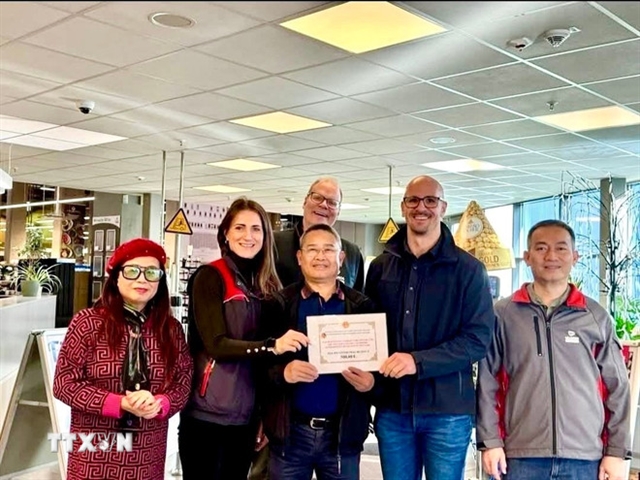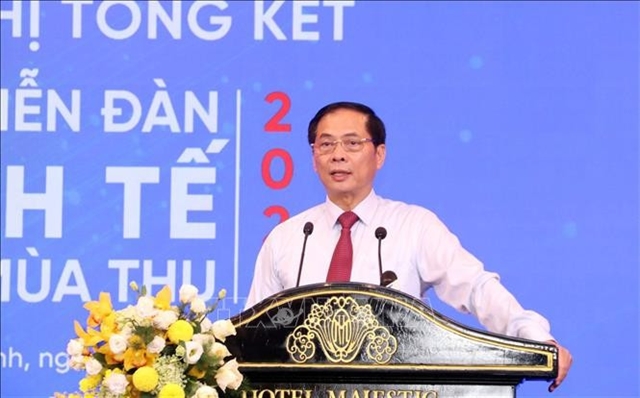 Opinion
Opinion

Thái Duy Sâm, vice president of the Việt Nam Association for Building Materials, speaks to Kinh tế & Đô Thị (Economic and Urban Affairs) newspaper about the need to use green construction materials.
 |
Thái Duy Sâm, vice president of the Việt Nam Association for Building Materials, speaks to Kinh tế & Đô Thị (Economic and Urban Affairs) newspaper about the need to use green construction materials.
What changes have the Vietnamese construction material sector achieved in recent years?
During 1987-2017, production capacity grew rapidly. For example, cement output increased by 30 times. In the same period, glass output rose over 70 times. Việt Nam used to be a big importer of construction materials, but now it becomes an exporter, particularly ceramic tiles. In 2017 alone, Việt Nam earned US$1.67 billion from exporting construction materials, of which cement gained $780 million, floor and wall tiles earned $580 million, sanitation ceramic tiles earned $120 million and crystal glass earned $200 million.
How do you respond to complaints saying that production technologies of our construction materials are outdated?
I don’t deny that. At present, some 33 per cent of production establishments, including those for the production of construction ceramics and other materials, are using outdated technology. Automated production of construction materials accounts for less than 33 pe rcent while the production of unburned bricks accounts for about 43 per cent. This is food for thought on how to invest more money in the construction material sector to help make the environment clean.
How should Việt Nam move towards advanced technology in the course of manufacturing construction materials?
We know that by using advanced technology, Việt Nam will be able to produce high quality products and the economic value will increase. For example, in the past we were only able to produce cement using 80 per cent of clinker, but with advanced technology we are able to product cement with just between 60-65 per cent of clinker. We can also produce larger wall bricks for housing. What’s more important is that our products are now appreciated thanks to the application of green technology in our production. For example, thanks to the application of non-fire brick technology, we are able to save 3.6 million tonnes of coal a year, seriously cutting carbon emissions.
To achieve fast and sustainable development, Việt Nam has invested quite a lot in seeking and applying advanced technology as well as human resources.
Environmental issues are a top concern in the manufacturing of construction materials. What measures should we introduce to protect the environment?
Construction material manufacturing consumes a lot of energy and can cause serious pollution. Under Prime Minister’s Decision issued on August 22, 2014, by the year 2020 and towards 2030, authorities in the construction material sector must come up with a solution to cut down CO2 emissions, particularly the use of coal.
In my opinion, there are two main options that can be applied in Việt Nam.
First, to apply advanced technology in production and to increase the use of green production materials, for example, we should use non-fire bricks instead of fired bricks
Second, to step up mass communication campaigns to help the general public change their habit of using harmful materials. — VNS




